The best alternatives to Raspberry Pi
- April 19, 2023
- 0
Raspberry Pi is a project of the British non-profit foundation of the same name. Although the original goal of its launch was to promote computer education for school
Raspberry Pi is a project of the British non-profit foundation of the same name. Although the original goal of its launch was to promote computer education for school
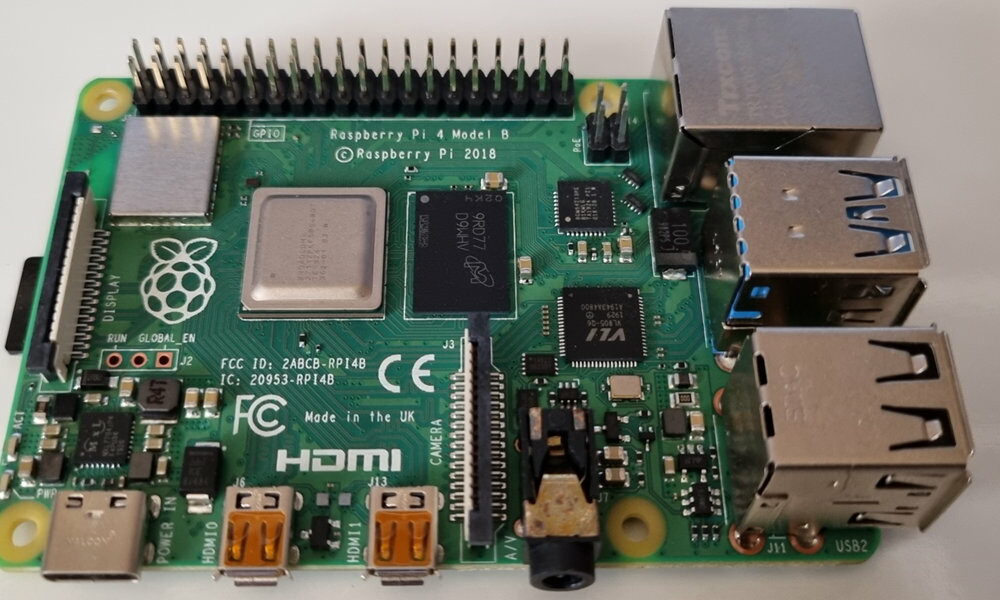
Raspberry Pi is a project of the British non-profit foundation of the same name. Although the original goal of its launch was to promote computer education for school children, its low cost and enormous flexibility made it very popular product and made it possible to use it in a large number of tasks, industrial, commercial, for development or by any consumer. It has also been used as a base for other products such as tablets or laptops.
After eleven years on the market and after a huge success (45 million units sold in a decade), it became the best-selling British computer in history and absolute top in the single board computer or SBC segment for its abbreviation in English. Like any successful product, it encouraged other manufacturers to develop their own solutions, and in recent years we have seen the arrival of various alternatives. Most of them are similar, others practically identical, and the rest with superior features or different hardware architecture, but essentially retain their form factor.
To put the product in context, let’s say that since the original “Raspberry Pi 1 model A” there have been half a dozen new versions that have improved the performance of the main SoC, memory capacity, connectivity, as well as software support, supported operating systems and the number of applications.
It is currently the most advanced model Pi 4 with 8GB of LPDDR4 RAM, Broadcom BCM2711 SoC with four Cortex A72 cores, Wi-Fi and Bluetooth, microSD and a good collection of ports including USB Type-C and A and video output to power up to two 4K monitors. The Raspberry Pi 5 is in development, although manufacturing issues that have hit the entire tech market have delayed its arrival.
In addition to subsequent versions of the general series, the Foundation produced others specialized versions like Pi Zero or Pico Mini with lower consumption and even cheaper price than $35 which was kept as sales reference. Another interesting official build was the Pi 400, a complete built-in computer in a compact design with a keyboard, which was very popular because it simplified the setup so you could start enjoying this build without the hassle of building.
In its 11 years of existence, there is no shortage of official and third-party accessories for Raspberries such as chassis, screens, cooling systems, etc., as well as alternative developments from other manufacturers, as we will see below.
Made by Chinese manufacturer 9Tripod, it’s almost exactly the same size and shape as the Raspberry Model 4, and even has a compatible 40-pin connector that lets you use some Raspberry HATs. The big difference lies in the SoC used, and Rockchip RK3588S which provides more features than the Broadcom Raspberry Pi 4.
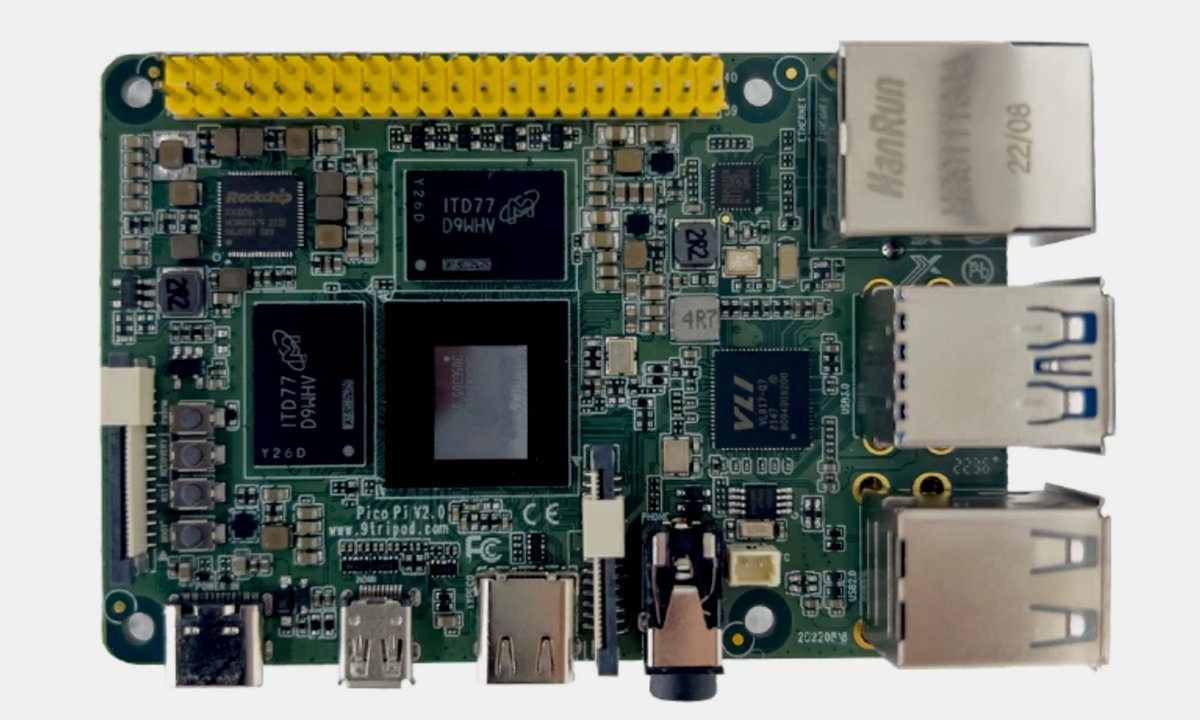
It also offers better connectivity with a micro HDMI 2.1 port and a USB Type-C port with DisplayPort Alt Mode support that improves upon the older HDMI offered by the Raspberry Pi. It also has gigabit Ethernet, two USB 3.0 Type-A ports, two USB 2.0 Type-A ports for compatibility, and a microSD card reader. It is sold in various configurations depending on memory and storage, from 1 GB to 32 GB of LPDDR4x RAM and an eMMC flash memory connector that can range from 4 GB to 128 GB in size. It is usually available on Aliexpress.
Developed by the manufacturer AAEON, it is an ultra-compact board size (85.6 x 56.5 mm) slightly larger than a credit card. Since it’s an SBC like the Pi, we can already see a big difference in its architecture because it decided to use x86 processors which increases the possibilities of using operating systems, be it Windows or Linux. Connectivity options are quite extensive with Gigabit Ethernet, 1 USB 3.2 Gen 1 Type-C (compatible with DisplayPort 1.2), 3 USB 3.2 Gen 1 Type-A ports, 2 USB 2.0 Type A and HDMI 1.4b.
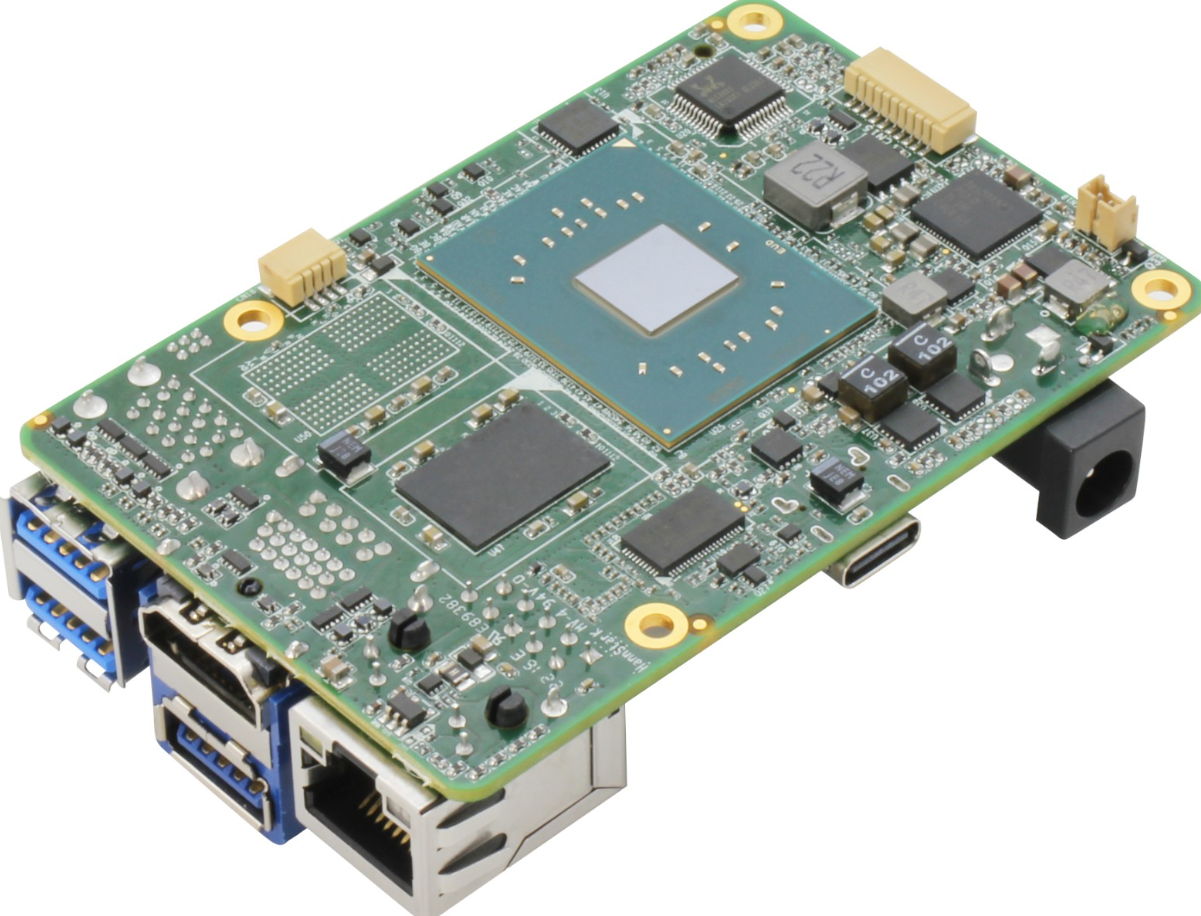
The board also features a 12V power input, a 40-pin GPIO header, a 6-pin audio I/O module, and other support for an upcoming board that would add solutions like M.2 for storage, connectivity. wireless, mobile networks or other accessories. It is distributed in half a dozen versions depending on the processor (Intel Celeron or Pentium) with up to 8 GB of LPDDR4-2400 memory and up to 64 GB of eMMC storage. It is available on the manufacturer’s website from 129 dollars.
Another popular SBC from Chinese manufacturer Shenzhen Xunlong that beats the Raspberry Pi by several notches in terms of performance, memory and connectivity, albeit at a higher price. Its processor is ARM Rockchip RK3588S which acts as the main engine and offers more benefits as well as the maximum RAM capacity which goes up to 32GB. In terms of storage, it has an M.2 2242 slot for an NVMe SSD and another for microSD memory cards.
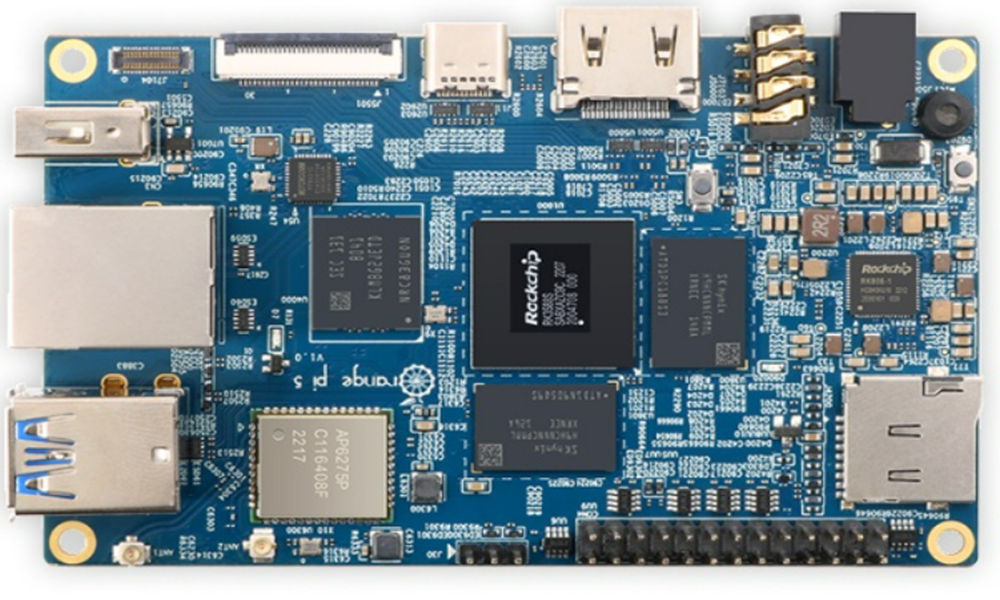
Its connectivity is also wider, with a 26-pin header connector, RJ45 for gigabit Ethernet, HDMI, 3.5mm audio jack, integrated microphone, two 4-wire MIPI DSI connectors capable of supporting 4K@60fps, one USB 3.1 Type-C for power and support DisplayPort 1.4, one USB 3.0 Type-A, two USB 2.0 Type-A and one DC power connector. It supports systems like OrangePi OS, Android and Debian 11 and can be purchased on Aliexpress currently for 85 euros.
In a not-so-subtle nod that transcends social media memes, Libre Computer’s Le Potato is technically known as the AML-S905X-CC in reference to the Amlogic S905X SoC it’s fitted with, featuring quad-core ARM Cortex-A53 cores. and 64-bit clocked at 1.512 GHz, which puts it roughly on par with the Raspberry Pi 3B+.
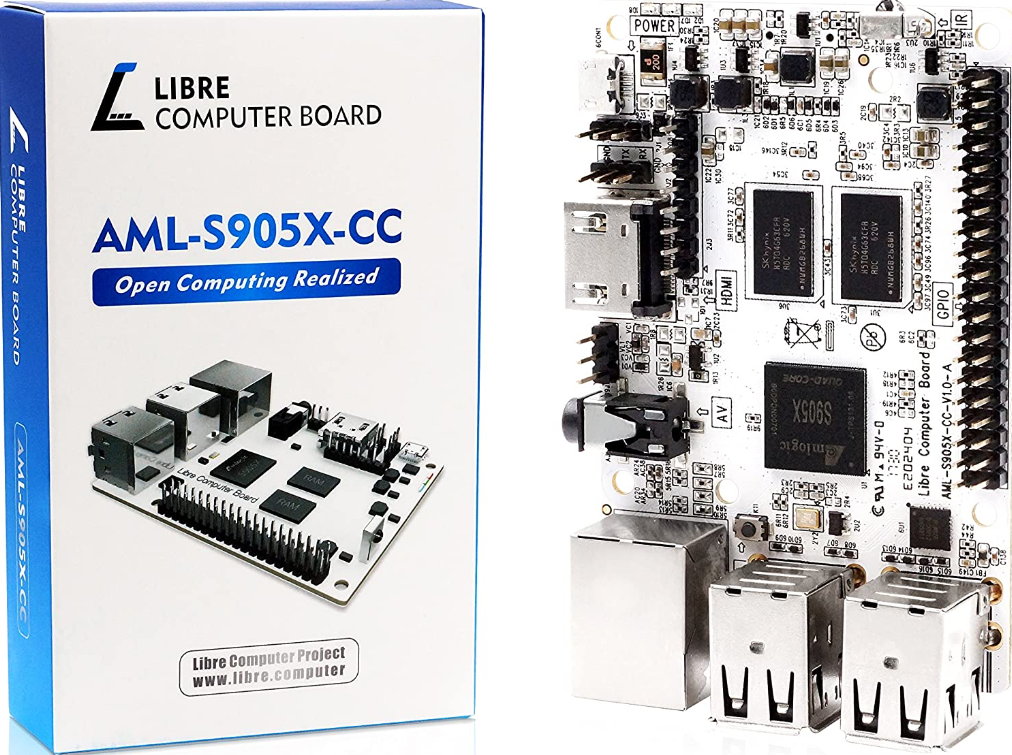
It features four full-size USB 2.0 ports, a 40-pin GPIO header, and HDMI 2.0. This will be especially useful as Le Potato offers 4K HDR, 1080p@60fps support with OpenGL ES 1.1, 2.0 graphics. It is available in 1GB or 2GB variants and is one of the most basic of the Raspberry Pi alternatives. Also the cheapest, starting at $30 for sale on Amazon. It can run Ubuntu, Debian, Xubuntu, Retro Arch and more.
Following the concept established by the Raspberry Pi, a major computer manufacturer such as ASUS created the Tinker series, which today amasses a dozen different versions. One such model is the 2S, equipped with a 6-core Rockchip RK3399 SoC based on the new 64-bit Armv8 architecture and a Mali-T859 multi-core GPU. It has 2 GB of DDR4 RAM, 16 GB of internal storage and fairly complete connectivity. It is available on Amazon for 197 euros.

Another development of the same series, but with a different architecture, is Tinker V, the first single-board computer with a RISC-V chip from a Taiwanese manufacturer. It was introduced last month at the trade show Built-in world and is mainly devoted to the tasks of entering the platform and development. It features a 1GHz single-core AX45MP processor built by Renesas RZ/Five, 1GByte of DDR4 memory, a microSD card slot for storage, and optional support for a 16GB eMMC module and SPI flash. It will soon be available on the manufacturer’s website.
Mini-PC specialist integrator Hardkernel has spent many years producing SBC boards for multiple uses, professional, development or consumer. One of them is the C4 with an ARM Amlogic S905X3 CPU and 4 GB of DDR4 memory. It has four 4 USB 3.0 ports, RJ45 LAN Ethernet port, microSD card reader and HDMI 2.0 output. It is available on Amazon for 99 euros.

Another higher performance option is the ODROID N2+ with a 6-core Amlogic S922X SoC and a Mali-G52 GPU, with 4GB of DDR4 memory and an eMMC module for up to 128GB of storage. With wider connectivity, you will have to pay extra for it, currently 203 euros on Amazon.
Another of the alternatives to the Raspberry Pi, although in this case to its cheaper and low-power versions, the Pi Zero. They have the same form factor and unless you look closely, it’s hard to tell the difference. However, this Banana with 512MB of memory features a quad-core 1.2GHz CPU and a Mali-400 MP2 GPU, putting it 2W ahead of the Raspberry Pi Zero and significantly outperforming the Zero.
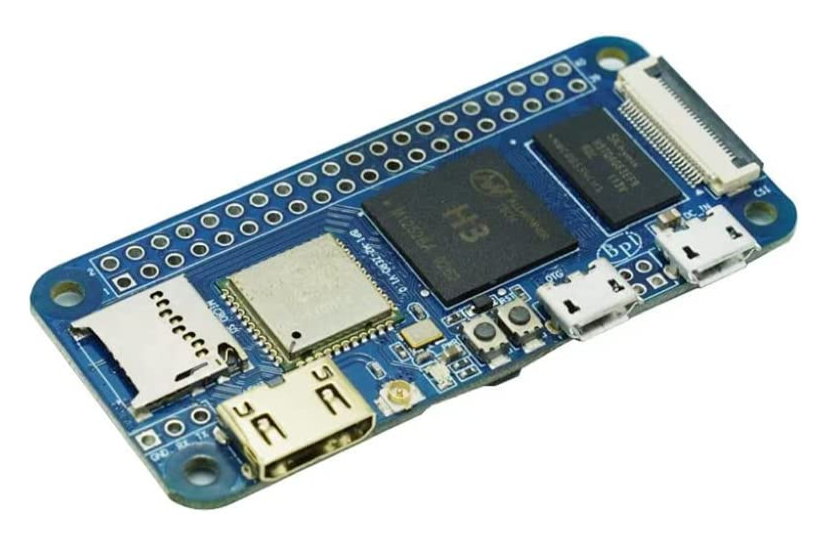
Another advantage is that it has hardware power and reset keys on the board itself, so there is no wear and tear on its micro USB port when you want to turn off the power. In terms of software, there is currently Ubuntu support for the board as well as an unofficial version of Armbian. It is available on Amazon for 37 euros.
Source: Muy Computer
Donald Salinas is an experienced automobile journalist and writer for Div Bracket. He brings his readers the latest news and developments from the world of automobiles, offering a unique and knowledgeable perspective on the latest trends and innovations in the automotive industry.